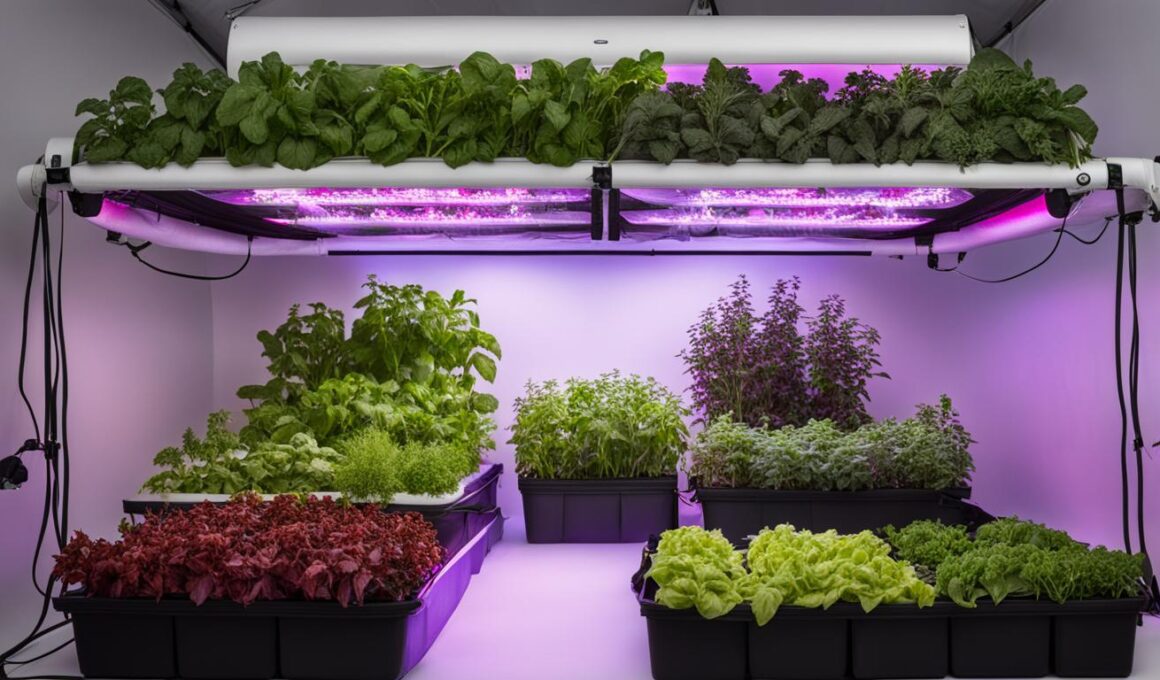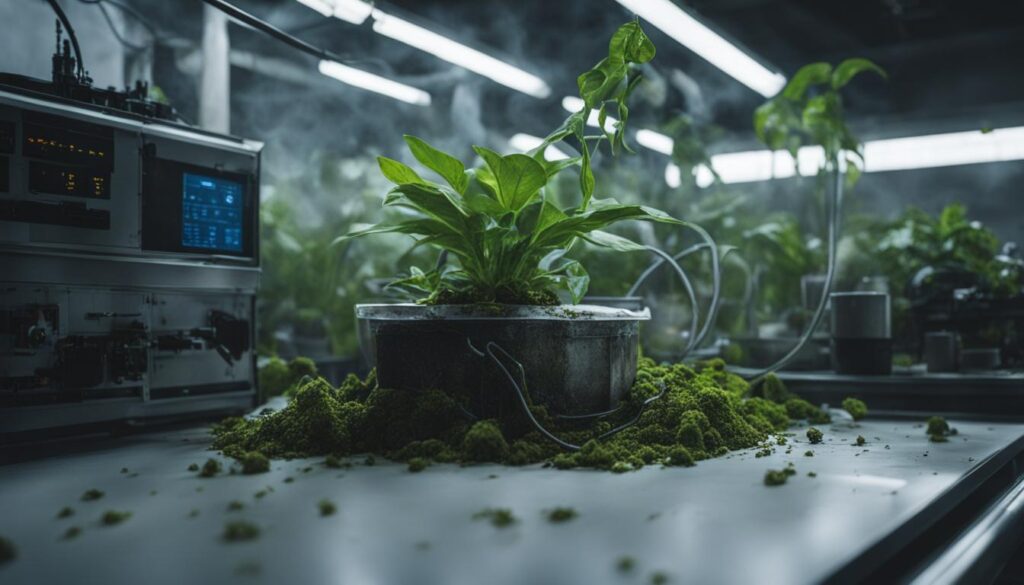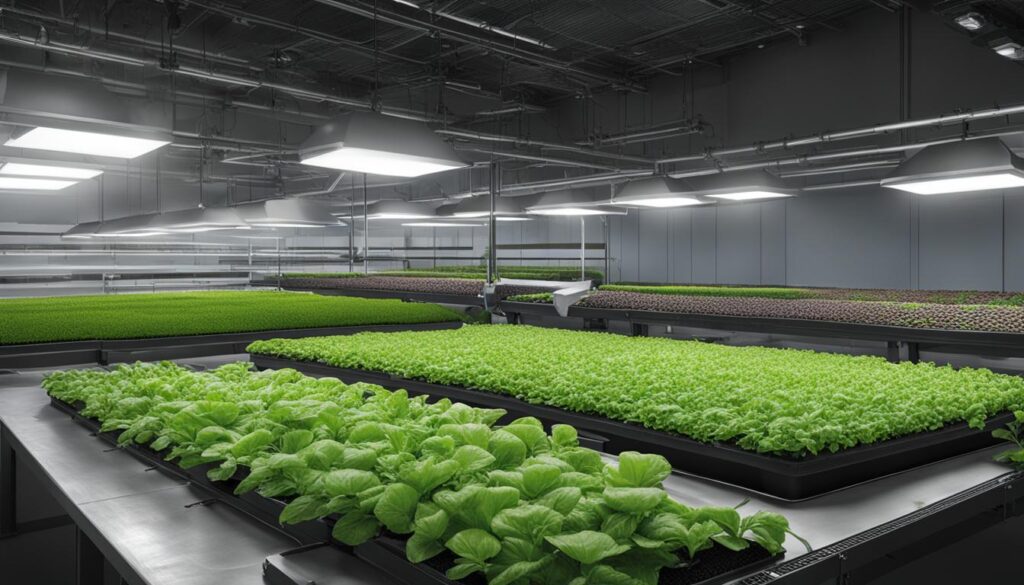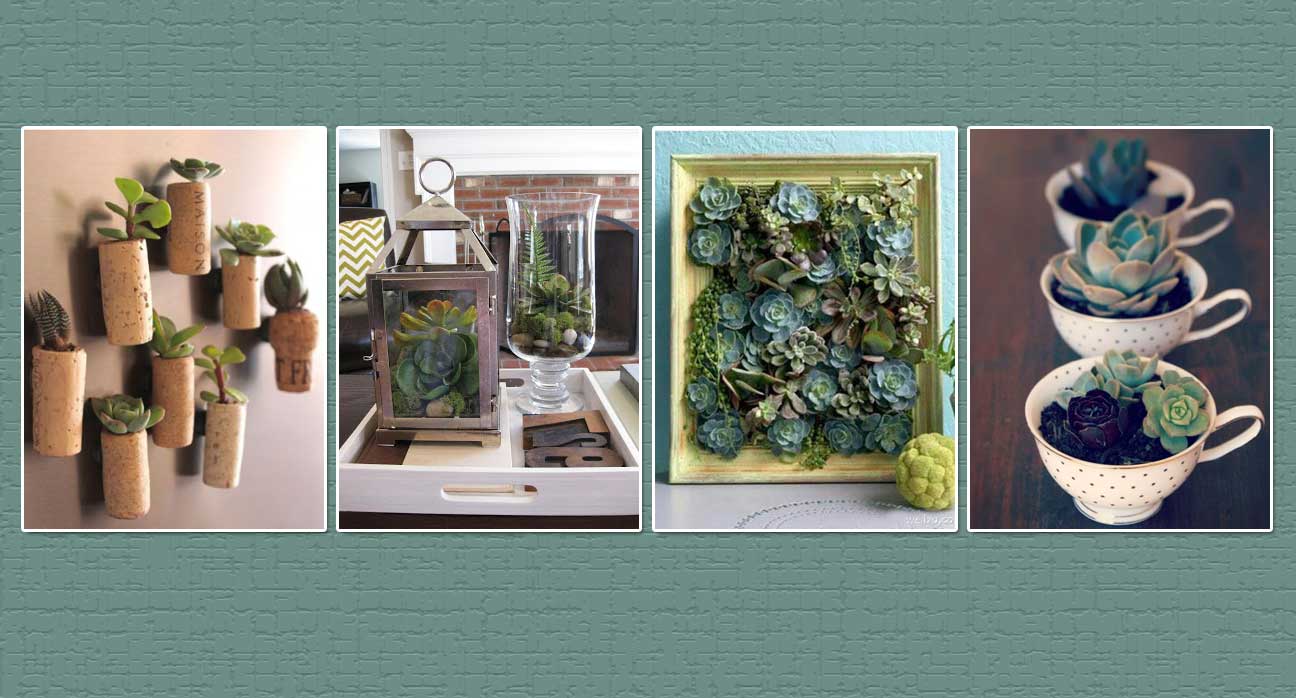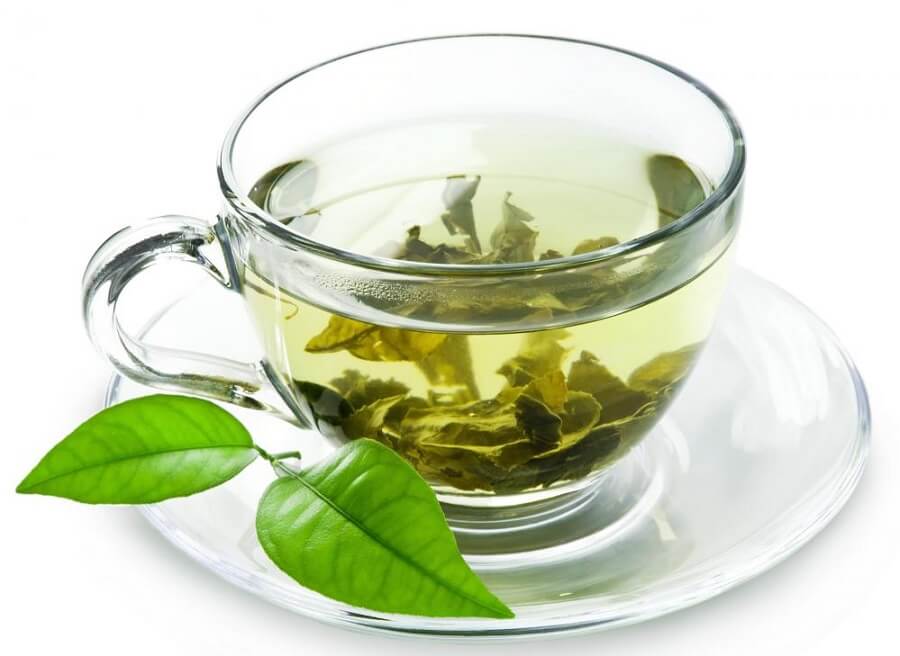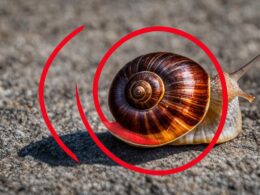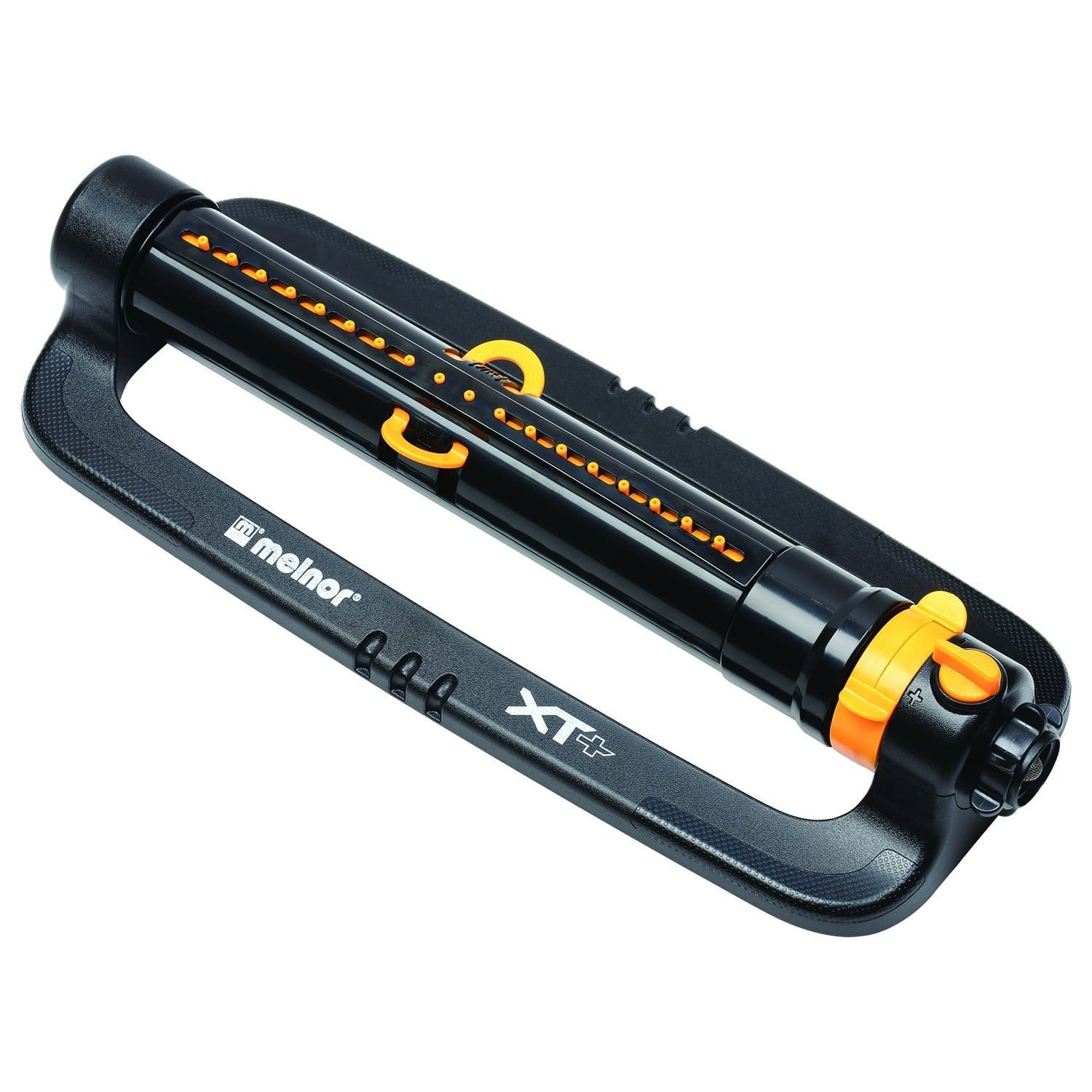Hydroponics is a revolutionary method of indoor gardening that eliminates the need for traditional soil. Instead, plants are grown in a hydroponic grow tent, where their roots are suspended in a nutrient-rich solution or air. This technique offers several benefits, but it also comes with its own set of challenges. In this guide, we will explore the pros and cons of hydroponics and provide valuable insights into this cutting-edge form of gardening.
Indoor gardening techniques have gained popularity in recent years, especially among urban dwellers and those with limited outdoor space. Hydroponics, in particular, has emerged as a highly efficient and space-saving solution for growing a wide range of plants. By understanding the advantages and disadvantages of hydroponics, you can make an informed decision about whether this method is right for you.
Post Summary
- Hydroponics eliminates the need for soil and uses a nutrient-rich solution or air to support plant growth.
- Benefits of hydroponics include higher efficiency, faster growth rates, and heavier yields.
- Challenges of hydroponics include the initial investment, learning curve, and the need for precise monitoring of pH and nutrient levels.
- There are different types of hydroponic systems, such as deep water culture, drip systems, aeroponics, and ebb and flow systems.
- Hydroponic grow media options include rockwool, clay pebbles, coco coir, and oasis cubes.
The Benefits of Hydroponics
Hydroponics offers several advantages over traditional soil growing. One of the main benefits is higher efficiency, as it requires less water compared to soil gardening. Hydroponic systems recirculate water, leading to water-saving practices. This not only helps conserve resources but also reduces the cost associated with watering plants. Additionally, hydroponics allows for precise control of nutrient levels, ensuring that plants receive the ideal balance of essential elements for optimal growth. This targeted approach to nutrition eliminates the guesswork involved in soil gardening, where nutrient availability and absorption can be unpredictable.
Another advantage of hydroponics is faster growth rates. With plants growing 25% faster in hydroponic systems compared to soil, it means shorter growing cycles and more harvests per year. This is particularly beneficial for commercial growers who rely on consistent production to meet market demands. Additionally, hydroponic plants can yield up to 30% more than soil-grown plants, making it an attractive option for those seeking high yields in limited spaces.
“Hydroponics allows for precise control of nutrient levels, ensuring that plants receive the ideal balance of essential elements for optimal growth.”
However, it’s important to note that hydroponics can be challenging for new growers as it requires careful attention to pH and nutrient levels. Maintaining the correct pH is crucial for nutrient absorption and plant health, and deviations from the optimal range can lead to nutrient deficiencies or toxicities. Additionally, hydroponics requires an initial investment in hydroponic systems and components. While this may be a barrier for some, the long-term benefits and potential for increased yields make it a worthwhile investment for those committed to efficient gardening.
Comparing Hydroponic Gardening and Traditional Soil Gardening
| Hydroponic Gardening | Traditional Soil Gardening | |
|---|---|---|
| Water Usage | Requires less water due to recirculation | May require more water, especially in dry climates |
| Growth Rates | Plants grow 25% faster | Plants grow at a slower pace |
| Yields | Potential for up to 30% higher yields | Yields may vary depending on soil quality |
| Control | Allows precise control of nutrient levels | Nutrient availability and absorption can be unpredictable |
The Disadvantages of Hydroponics
While hydroponics offers many benefits, there are also some disadvantages to consider. One of the main challenges is the learning curve and complexity involved in setting up and maintaining a hydroponic system. It can be more expensive compared to traditional soil gardening, as hydroponic systems and components can be costly. Additionally, the absence of soil as a buffer means that plants can be more susceptible to nutrient imbalances and overfeeding. This makes it crucial for growers to closely monitor and adjust pH and nutrient levels in the hydroponic reservoir. For beginners, it’s recommended to start with soil gardening before transitioning to hydroponics to gain experience and understanding of plant needs.
Another disadvantage of hydroponics is the reliance on technology and electricity. Hydroponic systems require pumps, timers, and lighting to create optimal growing conditions for plants. This reliance on technology means that power outages or equipment failures can have a significant impact on the health and growth of plants. Additionally, the use of artificial lighting can increase energy consumption, leading to higher electricity costs.
Furthermore, hydroponic systems can be more time-consuming compared to traditional soil gardening. Maintaining proper pH and nutrient levels requires regular monitoring and adjustment, and any neglect can quickly lead to plant stress or failure. This constant attention and maintenance can be demanding, especially for busy or inexperienced growers.
Despite these disadvantages, hydroponics remains a popular choice for indoor gardening due to its many benefits. With careful planning and proper maintenance, growers can overcome the challenges and enjoy successful hydroponic gardens.
Comparison of Hydroponics and Soil Gardening
| Aspect | Hydroponics | Soil Gardening |
|---|---|---|
| Water Efficiency | Requires less water due to recirculation | Water usage depends on soil type and weather conditions |
| Growth Rates | Plants grow 25% faster | Growth rates vary depending on soil quality and conditions |
| Yield | Can yield up to 30% more | Yield depends on soil fertility and nutrients |
| Control | Greater control over pH and nutrient levels | Relies on natural soil conditions |
| Learning Curve | Requires learning and understanding of hydroponic systems | Easier for beginners to grasp basic soil gardening techniques |
Types of Hydroponic Systems and Grow Media
When it comes to hydroponic gardening, there are various types of systems and grow media to choose from. Each option has its own advantages and considerations, allowing growers to select the best fit for their needs. Understanding the different hydroponic systems and grow media is essential for successful indoor gardening.
Types of Hydroponic Systems
Hydroponic systems provide the foundation for growing plants in a soilless environment. There are several popular types of hydroponic systems:
- Deep Water Culture (DWC) Systems: DWC systems involve suspending plant roots in a nutrient solution, providing a simple and low-maintenance setup. Plants receive constant access to water, nutrients, and oxygen, promoting healthy growth.
- Hydroponic Drip Systems: Drip systems deliver nutrient-rich water directly to the plant’s root zone using drip hoses. This method allows for controlled feeding and efficient use of resources.
- Aeroponics Systems: Aeroponics systems suspend plant roots in air and utilize sprayers to provide a fine mist of nutrients. This method optimizes nutrient absorption and oxygen availability, promoting rapid growth.
- Ebb and Flow Systems: Ebb and flow systems periodically flood the root zone with a nutrient solution and then drain it. This cycle provides plants with the necessary nutrients while allowing for adequate oxygenation.
Types of Grow Media
The choice of grow media plays a crucial role in supporting plant roots and providing adequate moisture and drainage. Here are some commonly used hydroponic grow media:
- Rockwool: Rockwool is a popular choice that provides good water retention and aeration. It consists of spun basalt rock fibers and is available in various sizes and shapes.
- Clay Pebbles: Clay pebbles are lightweight and allow for excellent drainage. They are a suitable choice for a variety of hydroponic systems.
- Coco Coir: Made from coconut husks, coco coir is an organic and sustainable option. It has good water retention and airflow properties, providing an optimal environment for root development.
- Oasis Cubes: Oasis cubes are easy to use and provide a stable environment for seed germination and early plant growth. They are made from a sturdy foam material.
By selecting the right hydroponic system and grow media combination, growers can create an ideal environment for their plants to thrive. It’s important to consider factors such as the specific plant’s needs, available space, and personal preferences when making these choices.
| Hydroponic System | Advantages | Considerations |
|---|---|---|
| Deep Water Culture (DWC) | Simple setup, low maintenance | Requires constant monitoring of nutrient levels |
| Hydroponic Drip | Controlled feeding, efficient resource use | Requires regular maintenance of drip system |
| Aeroponics | Rapid growth, optimized nutrient absorption | More complex setup and maintenance |
| Ebb and Flow | Adequate nutrient delivery, good oxygenation | Requires periodic flooding and draining |
Conclusion
Hydroponic farming offers a modern and efficient solution for indoor gardening. With the benefits of higher efficiency, faster growth rates, and heavier yields, it’s no wonder why hydroponics is gaining popularity in the world of agriculture.
However, it’s important to be aware of the challenges associated with hydroponics. The initial investment and learning curve can be intimidating for beginners. Additionally, the absence of soil as a buffer requires careful monitoring of pH and nutrient levels to avoid imbalances and overfeeding.
By understanding the advantages and disadvantages of hydroponics and choosing the right type of hydroponic system and grow media, you can set up a successful indoor garden. With proper care and maintenance, hydroponic farming can provide you with fresh and nutrient-rich produce all year round.
So, whether you’re a seasoned gardener looking to explore new techniques or a beginner ready to take on the challenge, hydroponic farming can offer a rewarding and sustainable approach to indoor gardening. Embrace this innovative method and enjoy the benefits it brings to your home or commercial farming endeavors.
FAQ
What is hydroponics?
Hydroponics is a method of growing plants without using traditional soil. Instead, plants are placed in a net pot or cup and their roots are suspended in a nutrient solution or air.
What are the benefits of hydroponics?
Hydroponics offers higher efficiency, faster growth rates, and heavier yields compared to traditional soil growing. It also requires less water and can yield up to 30% more than soil-grown plants.
Is hydroponics more challenging and expensive?
Yes, hydroponics can be more challenging and expensive compared to traditional soil growing, especially for beginners. It requires close attention to pH and nutrient levels, as well as the use of specialized hydroponic systems.
What types of hydroponic systems are available?
There are various types of hydroponic systems, including deep water culture (DWC), hydroponic drip systems, aeroponics systems, and ebb and flow systems. Each has its own advantages and disadvantages.
What type of grow media can be used in hydroponics?
Different hydroponic grow media, such as rockwool, clay pebbles, coco coir, and oasis cubes, can be used to support plant roots and provide moisture and drainage.
What Are the Pros and Cons of Using a Drip System in a Hydroponics Grow Tent?
One of the pros of hydroponic drip system is the precise delivery of nutrients to the plants, leading to optimal growth. However, this method can also result in clogged lines and the need for regular maintenance. Despite this, many growers still find the drip system to be an efficient option.





